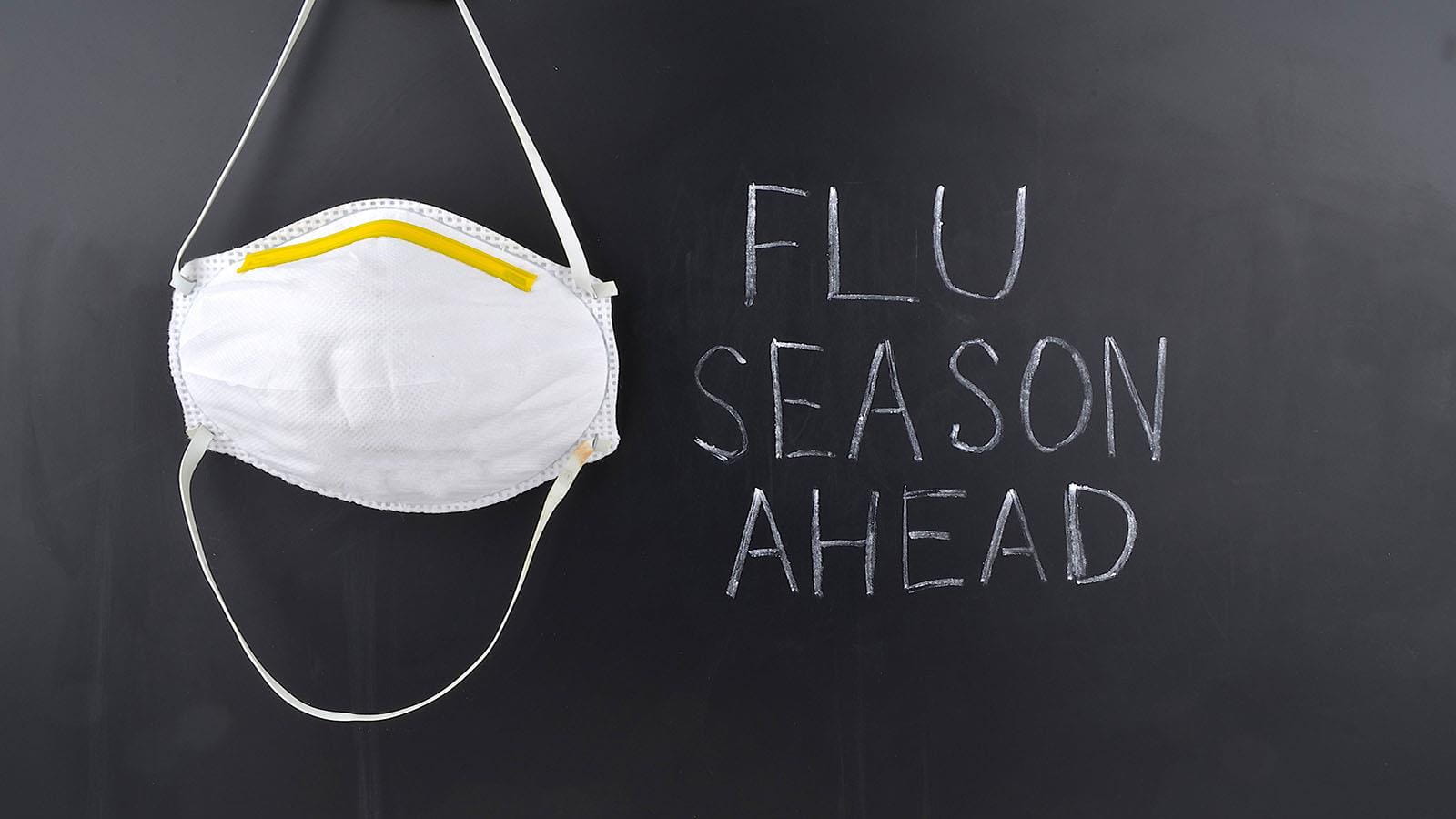“Influenza is definitely back in the Southern Hemisphere,” said Professor Ian Barr, Deputy Director of The World Health Organization Collaborating Centre for Reference and Research on Influenza, during a recent BioMelbourne Network event.
The Southern Hemisphere region includes countries south of the equator such as South Africa, Indonesia, Brazil, Argentina, New Zealand; and Australia – who in particular, has seen dramatic increases in influenza cases.
As of July 17, 2022, the National Notifiable Disease Surveillance System reported 204,911 cases of influenza since seasonal surveillance began in April. In comparison, last year’s case numbers for the same time period were at just 419.
It’s possible that the Northern Hemisphere’s upcoming flu season might follow suit.
This is evidenced by a recent study, where researchers found that influenza epidemics in Australia are a good predictor of what’s to come in countries such as the United States and the United Kingdom.
“Australia is in a unique position in that we are one of the first countries to face COVID and a simultaneous flu season that is similar to pre-COVID levels. It’s clear that the rest of the world will be watching our flu season closely and learning from our successes or failures,” said Dr. Jonathan Anderson, Executive Medical Director, International Regions at CSL Seqirus, influenza vaccines provider.
Australia’s flu vaccination rate, which as of July 1, stood at less than 35 percent. Barr at the BioMelbourne Network event suggested vaccine uptake could be improved with better messaging about the advantages of influenza vaccines and dissuading people of non-factual ideas around influenza.
“…Getting the message through to younger people and especially young children who can also be badly affected by influenza is something we should be working on,” Barr said.
Anderson agrees. It’s critical to have crystal clear communication.
With COVID-19, simple and clear messaging was an important step in achieving the global vaccination rates that we have now. Thus, it’s now more important than ever to listen to health officials and adhere to local guidance as the flu season takes shape, Anderson said.
“With both threats circulating, it could place an even larger strain on the health system than prior years,” he said. “We have an opportunity to slow the spread in Australia and subsequently the Northern Hemisphere before their season officially begins.”

